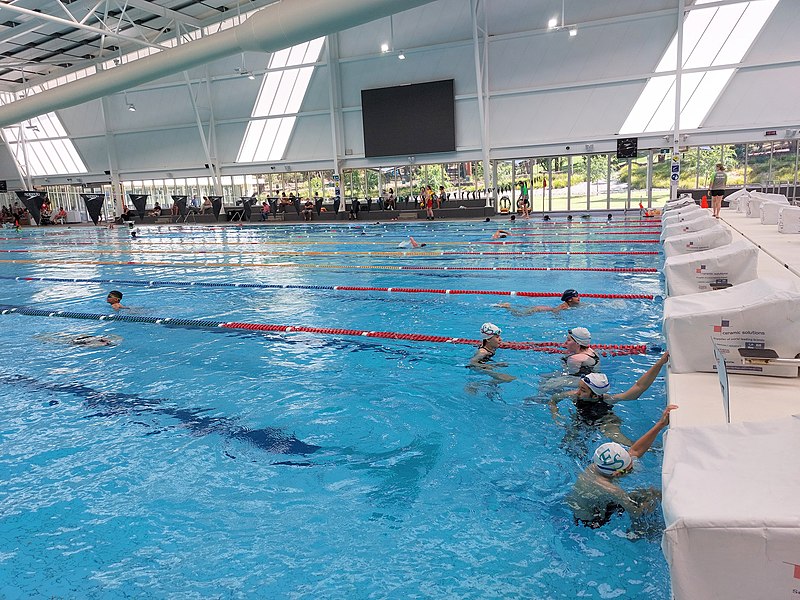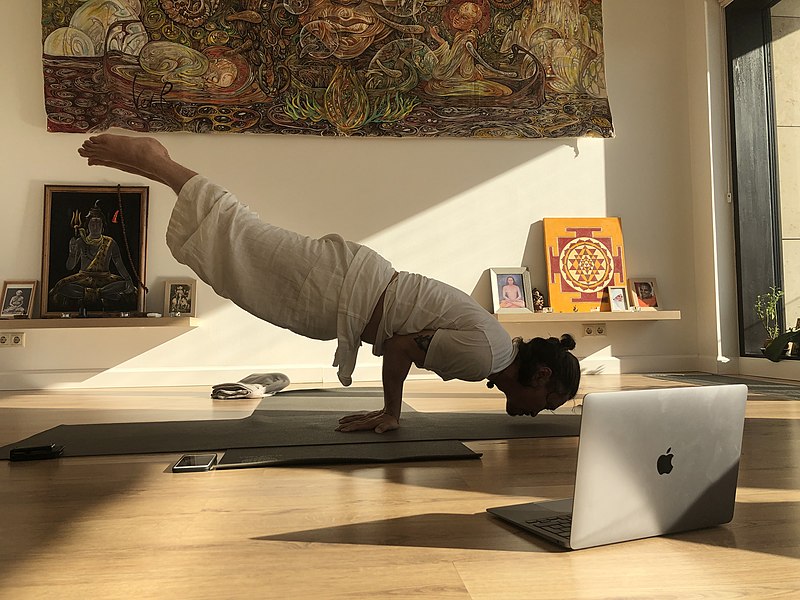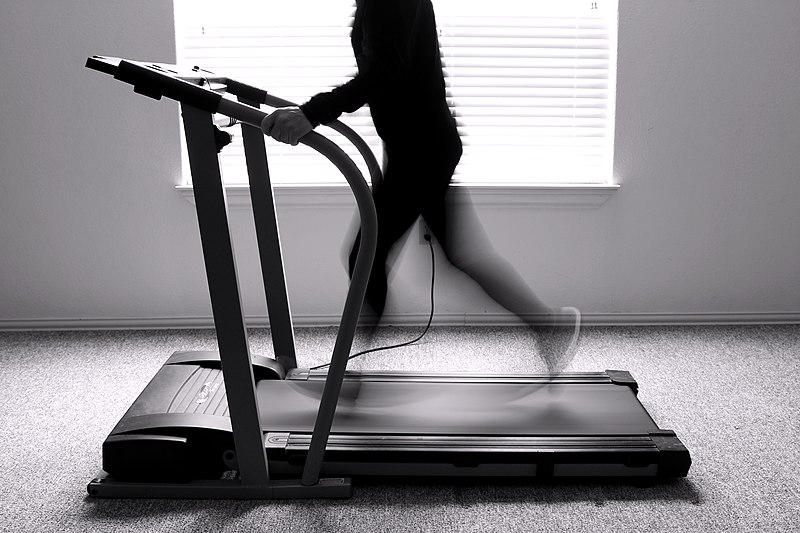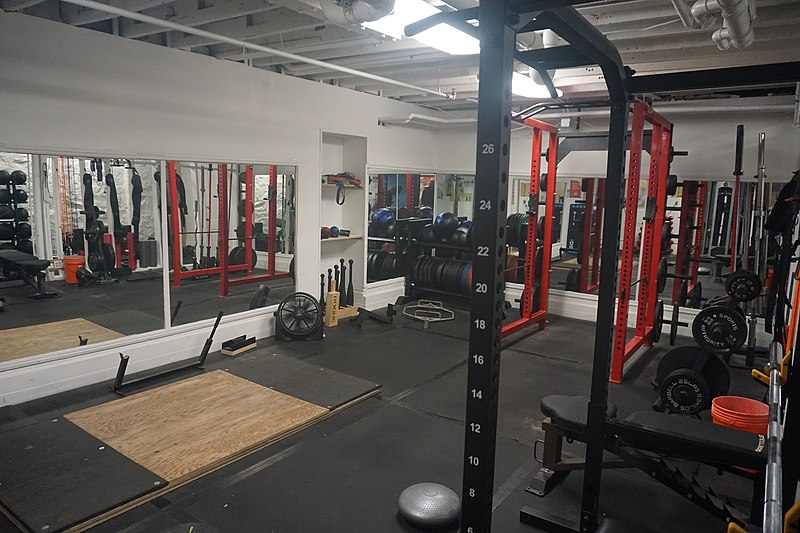
In 2023 I decided I wanted to exercise every day. I had a big birthday this year and felt very anxious about the future, wondering ‘if I wake up feeling exhausted and sore now, how am I going to feel in 20 years? 30 years?’ I saw videos of pensioners doing yoga and running marathons and felt inspired to start my fitness journey now in the hopes I’ll be able to do that too!
I’m now working out every day and feeling the benefits – I feel more confident moving heavy things around the house, I have more stamina to run around after my family or run for a bus, and the endorphins are really essential to my mental health now. So here’s my top 5 tips!

1. Stick to a schedule
Sticking to a schedule means that you can organise yourself better, and ensure you are working out consistently. This means both pre-planning when you will exercise and what kind of exercise it will be. I am more motivated to work out in the morning, when I’m the only person awake and I have more time to focus on me-time, so I schedule myself for first thing.
I stick fairly rigidly to a weekly workout plan, and it really works for me. Every evening before bed I decide which classes I will do so it’s all lined up ready to go the next morning, which avoids hesitation and distraction. I would recommend deciding what your goal are, and then arranging your weekly plan accordingly.
My goals were to increase my upper-body strength, and to get physically fitter so that next time I have to run for a bus I don’t feel exhausted! To me, it made sense to balance aerobic exercise and weight lifting fairly evenly, so 3 days a week each with 1 active rest day.
Here’s the routine I work to as an example:
Mondays – Core strength
Tuesdays – Aerobic work out (cycling, running, Zumba, etc.)
Wednesdays – Lower body strength
Thursdays – Active Rest (stretching, yoga, etc.)
Fridays – Aerobic work out
Saturdays – Upper body strength
Sundays – Aerobic work out

2. You don’t have to spend money to work out
Although, of course, it’s handy to have exercise equipment or a gym membership, these are really not necessary – especially if you’re just trying it out. Exercise classes can be found online, with popular yoga teachers and walking workouts available for free on YouTube, as well as weight lifting routines and even dance fitness classes. Workout DVDs and weights can often be found in most charity shops or car boot sales for inexpensive prices if you are looking to get stronger without spending too much. I would recommend buying a good yoga mat for stretching, and comfortable, sturdy shoes if you intend to go running.
If you have access to a safe local park, going for a jog or a brisk walk is free! Just be sure you’re increasing your heart rate to build your fitness levels!

3. You can do it in your comfy clothes!
I bought 3 sets of exercise clothes before realising you don’t always need to wear them! For intense aerobic fitness, you will probably need a good sports bra and you may be more comfortable in moisture wicking clothing to prevent sweat build up, but I found it easiest to do at-home stretch classes, yoga, or weight training in my pyjamas or other comfy, loose clothing. Obviously if you are going to a gym or an outdoor area work out gear would be preferable.

4. Find a motivation that isn’t related to weight or body size.
I wish I had started with the goal of becoming fitter and healthier because that is my motivation now! But honestly, like most people, I started working out with the goal of loosing weight. At the end of my first month of daily exercise my weight and measurements were the same as before, which was when I looked for the other positives of my new regime.
Exercise releases endorphins that boost your mental health – that’s a great motivation! Joining a gym, exercise class, or fitness group could be a great way to socialise and meet new people. Arthritis runs in my family, so building strength, stability, and flexibility are all goals that are important to me as I get older.

5. Know your level and your limits!
If you’ve not exercised since PE at school, you will need to start easy! You can really do more harm than good if you go full pelt and injure yourself, as well as really knocking your confidence. A brisk walk is a perfect way to start building your aerobic fitness, or try a club or team exercise if you find traditional exercise boring or lonely.
Ensure you’re properly cooling down and stretching after each exercise to prevent soreness, and a long stretch class or some easy yoga on your rest day helps you to keep up with your routine and aids with recovery and building flexibility. If you’re worried about your body’s ability to exercise every day, do speak to a doctor or health professional to see if this is suitable for you.
